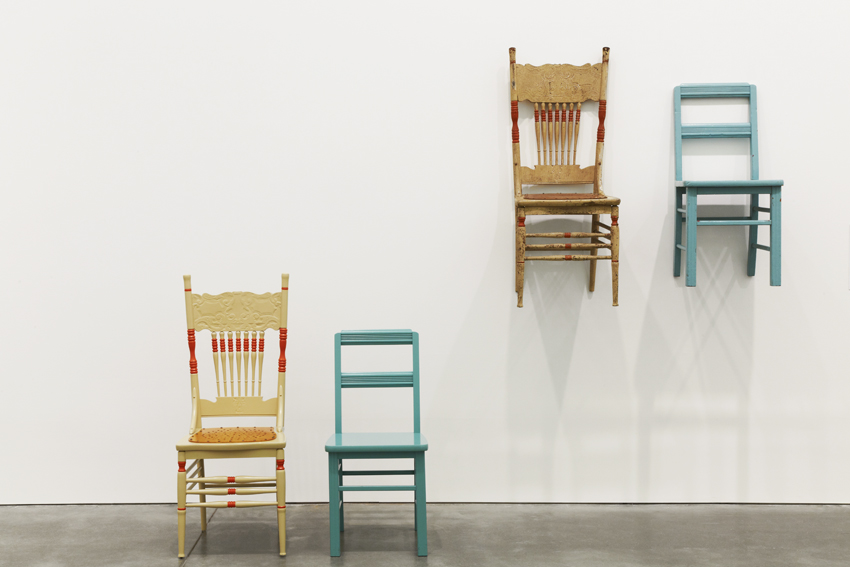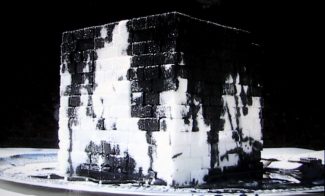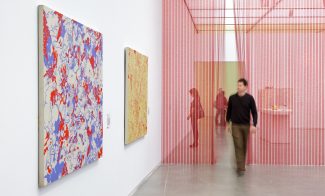Often taking the form of vernacular furnishings—chairs, chests, sofas, and desks—Roy McMakin’s (Born 1956 in Lander, WY) sculptures mine the roots of America’s pragmatism, as seen in the utility and plainness of Shaker design. McMakin’s interest in furniture began at an early age, when as a thirteen-year-old he purchased a desk designed by Gustav Stickley. The desk ignited a passion for furniture and design, and fueled a thirty-year career in which McMakin has consistently questioned our relationship with the objects that surround us: the things we use every day that provide comfort and utility, engender memory and even affection. McMakin’s work can most readily be described as sculpture that looks like furniture, but it more accurately resides in—and gains significance from—the blurring of art, craft, and design. In fact, depending on the inclinations of the work’s owner, while the sculptures can be exhibited they can just as easily be used as furniture. The use, or nonuse, is determined by the context and the owner of the artwork.
McMakin’s contemporaneous sculpture focuses on the copy: the appropriation and mimicry of an object, often a culturally or emotionally loaded one. Taking a piece of furniture—perhaps found in an antique shop or even in his personal storage—McMakin replicates the object in precise detail. In Use/Used, created specifically for the ICA/Boston exhibition Figuring Color in 2012, McMakin copied two chairs: one, traditional in design, once white with red stripes is now yellowed with use and age; the other, midcentury modern in design, is a muted blue-green. McMakin was drawn to these chairs for the contrast in their forms and colors (and selected these particular chairs during a trip to nearby Mattapoisett, Massachusetts, where he has designed several home interiors). He says of this work, “Use/Used is about the life of furniture. I love the idea of taking these chairs that seem to have something to say about chairs and objects, as well as each other, and ‘retiring’ the originals to the rarified world of contemplative viewing and preservation. The two new chairs begin a new life as useful and meaningful objects.” In reproducing the chairs precisely, McMakin honors the originals while giving us a new, slightly odd couple. The used pair, now retired, hang side by side on the wall at painting height. They are to be looked at, their line and color to be considered. The newly built copies are for use: placed in the same room as the used chairs, they are gallery seating for visitors, to be moved and placed by visitors at whim.


